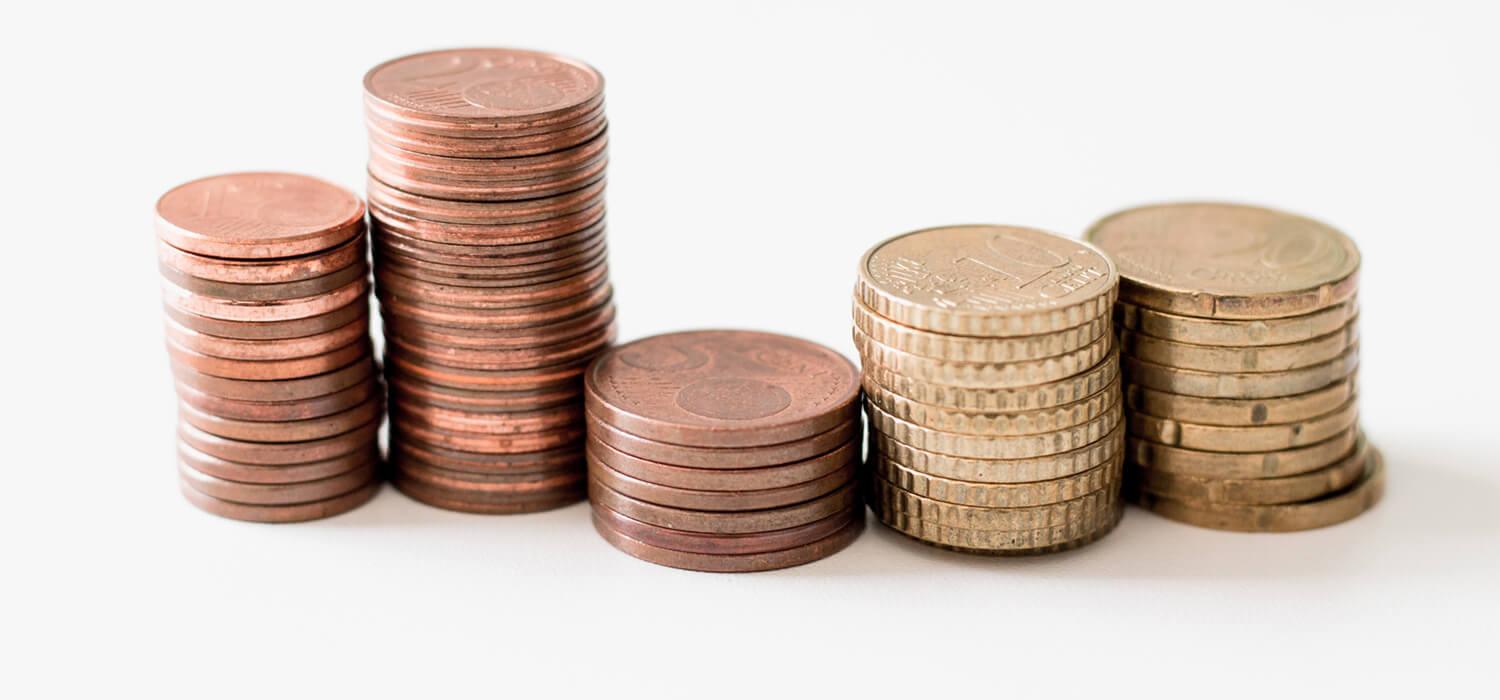Last week we conducted an express version of Economics 101 that focused on inflation. This week we continue our course with a lesson on the direct opposite of inflation: deflation.
First off… pop quiz! What exactly is inflation? Correct! It’s the gradual increase in prices in an economy and decrease in purchasing power (the value of your money). Inflation’s counterpart—deflation—is the gradual decrease in prices across an economy and, you guessed it, increase in purchasing power.
Talk of deflation doesn’t clog the airways as much as the topic of inflation—and it can leave people unsure about what deflation means and if it helps or hurts the economy. On the surface, deflation might sound like a good thing. Groceries are more affordable, you can fill up your car for under $40, and building a deck might not break the bank (as discussed in our “inflation” examples).
A price-drop gets us excited, right? Well, here’s the thing: low prices are great when your favorite store has its annual sale and you get more for your money. When prices go down across an entire economy, however, that’s trouble.
Deflation can mean there’s a recession and tough economic times on the horizon. It’s dangerous for your country and it’s bad news for your money. Deflation often leads to a spiral of economic woes with even lower prices, higher debt burdens, a rise in unemployment, and less spending.
How Deflation is Caused
A common cause of deflation is a decline in consumer demand for goods and services. Producers then drop prices to encourage more consumer spending. A decline in spending usually occurs when consumers have less disposable income and are uncertain about their financial future. If there is, let’s say, a global pandemic, consumers might be worried about the potential for unemployment and err on the side of saving rather than spending.
Another cause of deflation is an increase in the supply of goods in an economy. Factors such as lower production costs and technology advances can lead to a superabundance of goods. When production prices plummet, producers can create more products. But if demand stays the same, prices on goods decrease to encourage purchasing. Likewise, technology advances can make production of goods more time- and cost-efficient—and an increase in goods equals lower prices.
How Deflation is Measured
Like inflation, the best measure of deflation is the Consumer Price Index (CPI). CPI tracks changes in the cost of a certain set of goods and services, known as the “market basket.” The eight major categories people spend money on are included in the market basket: food and beverages, housing, apparel, transportation, education and communication, recreation, medical care, and other goods and services. When the CPI reveals lower prices during one period than a previous period, the economy is experiencing deflation.
How Deflation is Controlled
Also similar to inflation, the Federal Reserve—the central bank of the United States—is instrumental in controlling deflation with a set of tools at its disposal.
The Fed has the power to boost the supply of money, which decreases the value of each dollar. When this happens, spending increases—and therefore prices increase. Also, by managing fiscal policy, such as cutting taxes, the Fed can create more disposable income. Extra money in your pocket means more spending, increased demand, and a price hike. Finally, when the Fed sets lower interest rates, people are more inclined to borrow money.
A Final Word on Deflation
While a 20% off sale on your Target app might prompt you to buy more, real deflation across an entire economy can actually discourage spending—causing a downward economic spiral. Thankfully, due to the resources available for measuring and controlling certain economic variables, deflation is a manageable situation and an uncommon occurrence.
Class dismissed.

